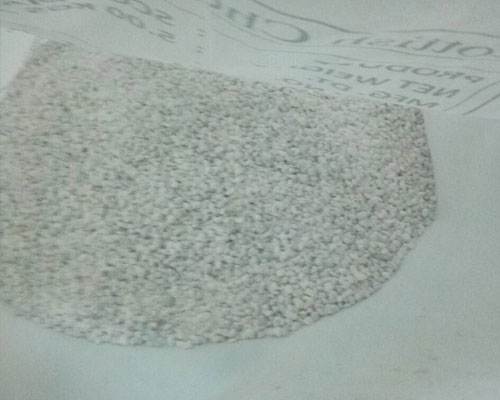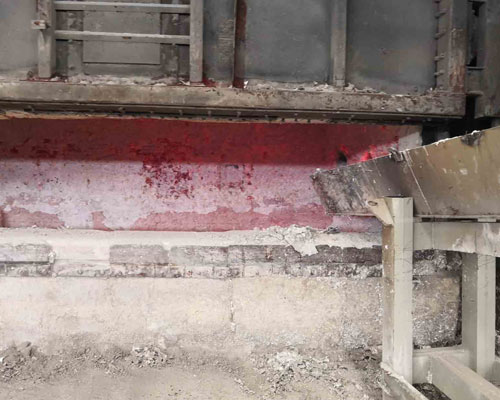Aluminum melt refining is to remove gas and inclusion in melt and make alloy composition uniform. Refining is a very important process in aluminum smelting process. The refining flux should be selected correctly and its dosage should be controlled to increase the alloy quality by 0.5% – 0.7%. Master the refining temperature, usually control the refining temperature at 700-720 ℃.
During the aluminum melt refining process, approximately 2 / 3 of the refining flux is pressed into the molten surface in batches with a bell shaped cover, and then it is rotated slowly and evenly clockwise. The speed should be slow and the action should be stable to avoid a large movement of molten metal to prevent the increase of hydrogen.
Aluminum alloy refining is a very important process in casting production. Many years of production experience has proved that the smelting process is not strictly controlled, and the castings are prone to pinholes, oxide slag, inclusions, shrinkage cavity and other defects that directly affect the quality of castings.

The preheating furnace is filled with preformed alloy ingots and high-quality heating materials, and alloy elements are added finally. The covering flux, refining flux and Sr modifier are used according to the determined process specification.
Strictly control the melting temperature of aluminum alloy. Only at the right temperature can high quality alloy liquid be obtained to avoid overheating. If the temperature is too high, the oxidation and combustion loss of various elements in the alloy will be increased, and the chemical composition of the alloy will change. If the temperature is too low, the chemical composition of the alloy is not uniform, the oxide inclusions and gases in the alloy are not easy to be discharged, and the performance of the alloy will be reduced, which will affect the casting performance.
Strict control of smelting time and rapid operation can reduce the impurity absorption and oxidation inclusions, increase the combustion loss of alloy elements and affect the chemical composition of the alloy.

